Vedic and Indo-European Studies
The volume studies the origin of the Indo-Aryans, concluding that the Indo-Aryans resided in the north-west of India since about 5000 BCE. It deals with aspects of the Indo-European common heritage and the Vedic traditions. It examines the position of the early Hittite culture vis-à-vis Indo-European branches and the Vedic culture and the common names of deities in the Indo-European cultures as well as Vedic interconnection with the civilisations at Mesopotamia and Egypt. Using linguistic, literary, anthropological and archaeological and genetic sources, it delves into the religio-philosophical thoughts in the Vedas and meanings of terms of Vedic culture such as pur (‘defensive structure’) and samudra (‘confluence of waters, ocean’). (139 words). It argues that the Vedic tradition is the oldest of all known traditions and cultures and that the bulk of the Rigveda was composed in the fourth millennium BCE.
Get it now and save 10%
BECOME A MEMBER

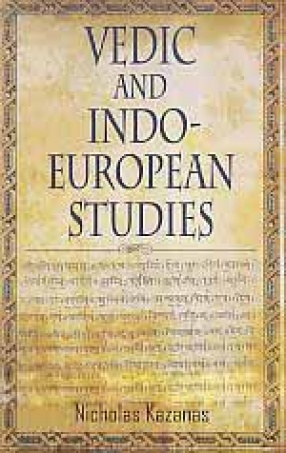

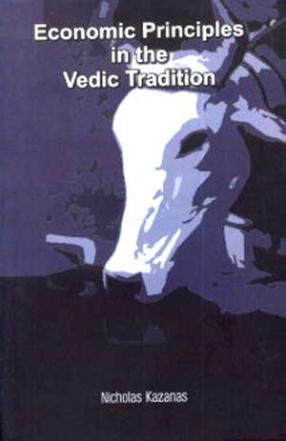
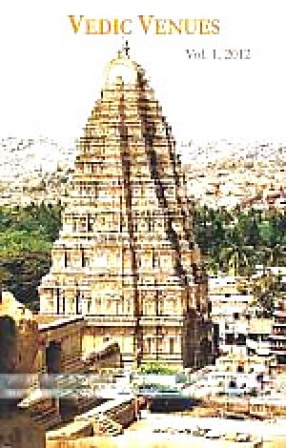
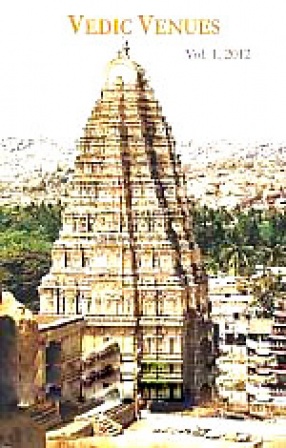
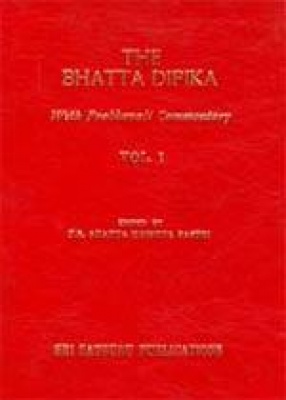

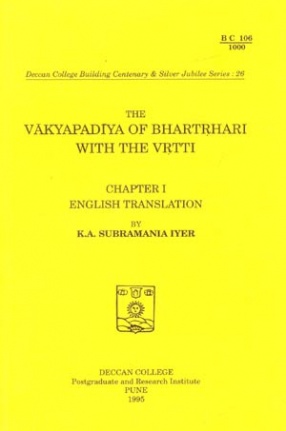
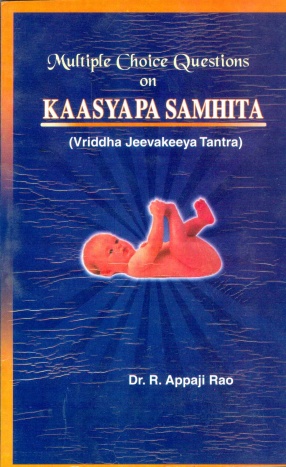

Bibliographic information